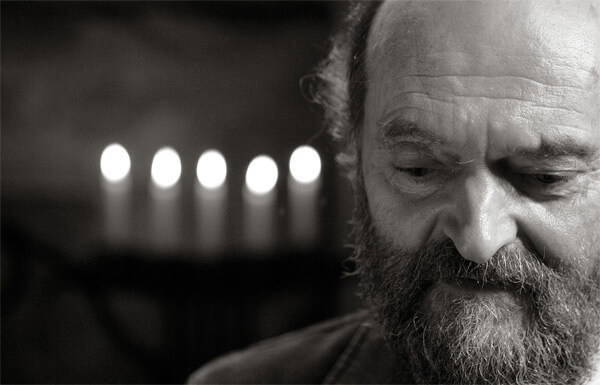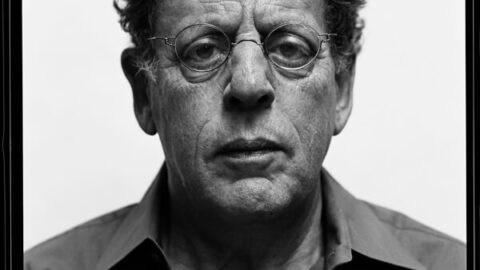 It is not everyday that an American icon turns 75. Of course, Elliott Carter turned 103 last December and that’s probably a bigger deal, but still, how exciting to be able to attend the US premiere of Philip Glass’ latest symphony on his 75th birthday? Now how could Carnegie make it even more special? They added some Pärt! According to Denis Russell Davies who brought them together they have had a mutual admiration society for many years and it made sense to have them share the bill on that special night…
It is not everyday that an American icon turns 75. Of course, Elliott Carter turned 103 last December and that’s probably a bigger deal, but still, how exciting to be able to attend the US premiere of Philip Glass’ latest symphony on his 75th birthday? Now how could Carnegie make it even more special? They added some Pärt! According to Denis Russell Davies who brought them together they have had a mutual admiration society for many years and it made sense to have them share the bill on that special night…

The first half of the program was dedicated to Pärt’s Lamentate (2002) which was receiving its NY premiere that night. Lamentate was inspired by the tragic dimension of an Anish Kapoor scuplture that Pärt saw at the Tate. The idea was apparently to write a lament, usually written for the dead, but this time for the living. It is actually not a bad idea since dead people are, for instance, exempted from going to the dentist’s, or a LMFAO concert (compare, discuss). In a way, Pärt’s piece was a success in that it gave the audience a lot to deplore.
Lamentate might look like a piano concerto but it’s not. The opposition of an orchestra and a solo piano (performed by Maki Namekawa) is more a statement, an element of Pärt’s narrative than a form in itself. Overall, it is an alternation of episodes of opposite affects: a funeral grandeur and a frail intimacy. The impression is that of a piece that either never starts or never stops. Whichever you’d like to pick doesn’t matter: it doesn’t really go anywhere nor says much (and I know it doesn’t have to). It is quite a shame because it is still a Pärt piece and features some beautiful pages: music box textures, Bizantine solo winds, effective string writing, sepulcral brass, etc. It was quite a curious first half that left a lot of people eager for more consistency that the second half didn’t fail to deliver.

As Russell Davies told us in the interview:
“Philip is part of a series of great composers that have found a language… and he’s been true to this language, but this language has made an enormous development over the years…”.
The symphony had what anyone would have expected, and more. Based on a three movement structure (fast-slow-fast), each movement used a similar internal development that made the general traditional scheme less apparent. Glass started each movement with a theme, followed by some contrasting material before returning to the movement’s theme, transformed. Of course the surface of the work varied greatly and each movement was standing solidly on its own. The first movement with its groovy, syncopated brass parts and its (almost) tribal rhythm made for an exciting opening. The second movement featuring some heartfelt pages, displayed nice colors in the alto lines, piccolo/harp combinations, and glock doubling. The chromatic harmonies illustrated Glass’ romantic side (not the ‘rose-in-teeth-with-bare-chest’ romanticism, the German one) while motoric episodes effectively lead to a very long and glockenspiel-heavy apex. Finally in the third movement, Glass’ fast signature arpeggios in the strings thrust the piece forward but the overall additive build up was not really convincing. Some low doublings in the woodwinds and the double basses tended to be quite muddy…
Glass joined Russell Davies and the ACO on stage to received a deserved standing ovation. Whether one likes his music or not was irrelevant that night. Carnegie Hall was standing to salute a generous, genuine soul that keeps on inspiring generations of musicians. Sign me up for No. 10 …
Two upcoming Philip Glass at 75 events at the Met Museum:
Tuesday, April 17, 2012, at 6:00 p.m. – Philip Glass and Chuck Close: A Conversation | more info…
Saturday, April 21, 2012, at 7:00 p.m. – Philip Glass at 75: Glass Chamber Works at The Temple of Dendur | more info…
—
Thomas Deneuville, the founder and editor of I Care if You Listen, is a French-born composer living in NY. Find him on Twitter: @tonalfreak
























